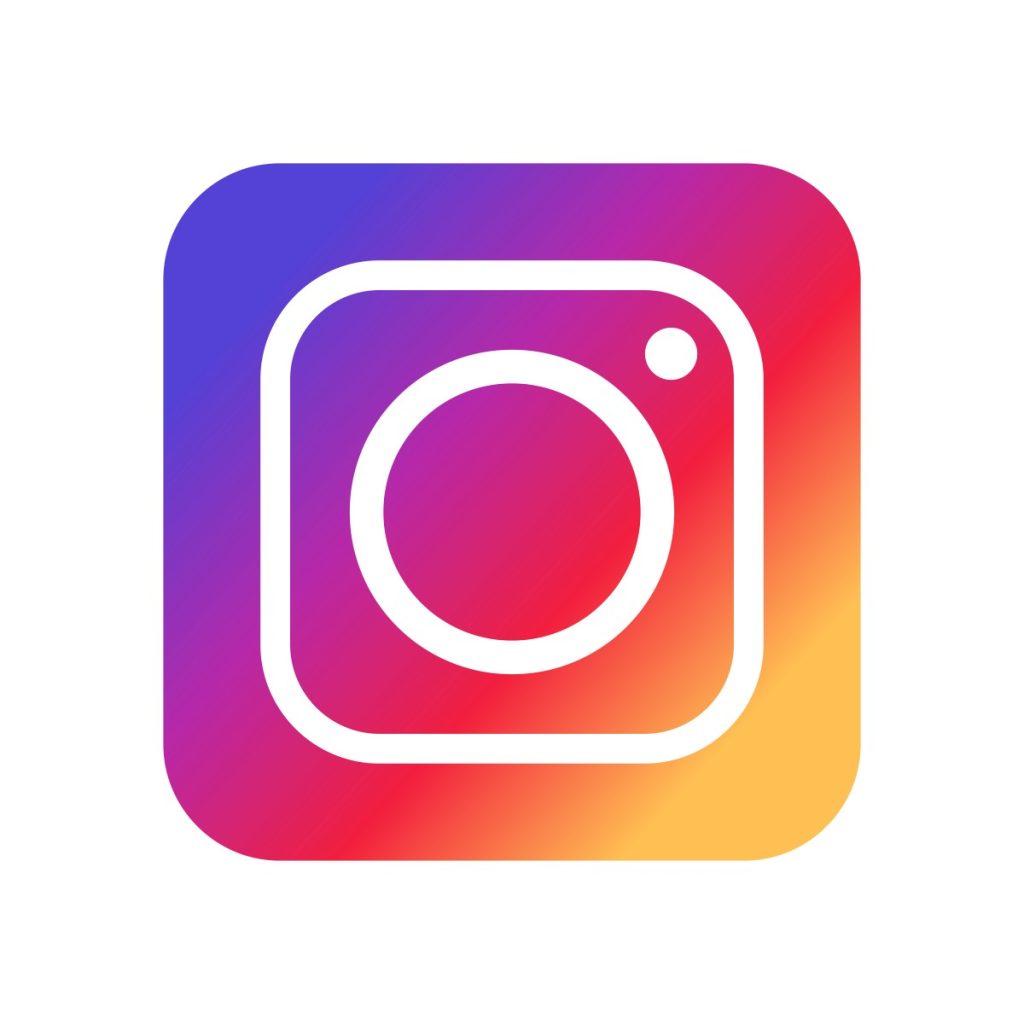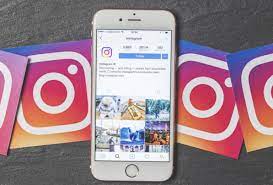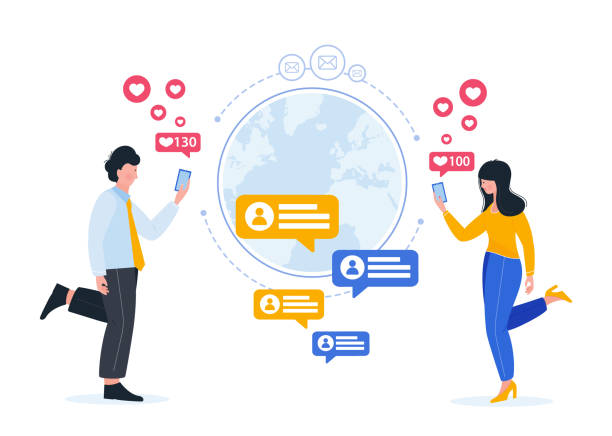Trying to decide whether to use Instagram vs Pinterest for your social media marketing?
Both platforms are incredibly popular, but they serve different purposes. In this blog post, we’ll break down the key differences between Instagram and Pinterest so you can decide which one is right for your business.

Instagram is a photo-sharing platform. Users can share both photos and videos, and they can also use filters to enhance their images. In addition to sharing images, users can also follow other users and like and comment on their posts.
One of the things that set Instagram apart from other platforms is that it’s very much focused on mobile usage; in fact, you can’t even view images on the desktop version of the site.

Pinterest, on the other hand, is a visual discovery tool. It’s less about sharing your own photos and more about finding ideas and inspiration from others.
In addition to photos, users can also save videos, articles, and more to their “boards.” Pinterest is also unique in that it drives a significant amount of traffic to other websites; in fact, it’s one of the largest referral sources for many e-commerce sites.
Instagram vs Pinterest Compared Feature by Feature
Visual Content

If you’re in a business that relies heavily on visuals, like fashion, art, or home décor, then Pinterest is definitely the platform for you. The site is basically one big visual inspiration board, and users are always on the lookout for new ideas and products to pin.
That said, if you don’t have a lot of high-quality visuals to share, Pinterest may not be the best platform for you.
Instagram, on the other hand, is perfect for sharing visuals. In fact, photos and videos are really all you can share on the platform. If you’re not a visual business, Instagram may not be the best fit. But if you are, there’s no better place to share your work than Instagram.
Audience Engagement

When it comes to audience engagement, both platforms offer a lot of opportunities for businesses. On Pinterest, you can engage with users by creating pins that are relevant to their interests and by responding to comments on your pins.
You can also join relevant group boards so that your pins show up in front of a wider audience.
On Instagram, you can engage with users by liking and commenting on their photos and videos, as well as by sharing user-generated content on your own feed. You can also create polls and ask questions in your Stories to encourage interaction with your followers.
Instagram Pros:
- Instagram is great for sharing photos and videos in real-time. This is perfect for events, special occasions, or just everyday life updates.
- Instagram also has a lot of features, such as filters, stickers, and live stories, that make the platform more fun and interactive.
- Since it’s owned by Facebook, you can easily connect your Instagram account to your Facebook account to cross-post content.
- You can reach a large audience with minimal effort. Just post a photo or video and it will be seen by all of your followers.
- The platform is very visual, so it’s great for businesses that want to showcase their products or services.
- It’s easy to use and understand.
- It’s a great way to connect with other users who have similar interests.
Instagram Cons:
- One of the biggest complaints about Instagram is that the algorithm makes it difficult to get your content seen by others unless you’re willing to pay for ads.
- Another downside of Instagram is that it’s not very user-friendly when it comes to planning and scheduling content. There are some workarounds, but they’re not as intuitive as other platforms like Hootsuite or Buffer.
- And lastly, because it’s a visual platform, you need good quality photos and videos to be successful on Instagram. This can be difficult (and expensive) to produce if you don’t have a lot of experience with photography or video editing.
Pinterest Pros:
- The biggest advantage of Pinterest over other social media platforms is that it’s much easier to get your content seen by others. The algorithm doesn’t seem to be as biased towards posts from people you already follow, so your pins have a better chance of being seen by people who don’t already follow you.
- Pinterest is also great for driving traffic to your website or blog since you can include links with your pins.
- And unlike Instagram, Pinterest is very user-friendly when it comes to scheduling and planning content. There are plenty of tools out there (such as Tailwind) that make it easy to bulk schedule pins so that you don’t have to spend hours every week manually pinning things.
- You can save ideas for later and come back to them when you’re ready.
- It’s a great way to connect with other users who have similar interests.
Pinterest Cons:
- Because Pinterest is mostly text-based, it’s not as well suited for sharing videos like Instagram is.
- And because it’s not as well known as other social media platforms, you may not get as much engagement on your pins as you would on other platforms like Facebook or Twitter.
- Lastly, because Pinterest is mostly used by women, it may not be the best platform for businesses that are trying to reach a male audience.
Conclusion
So, which social media platform is the best? When it comes down to it, it really depends on what you’re looking for. If you’re wanting to build relationships and connect with potential customers, then Instagram is probably your best bet.
However, if you’re wanting to drive traffic to your site or promote a product, then Pinterest is likely a better option. Ultimately, it’s up to you to decide which platform you want to use based on your specific needs and goals.
Also Read:


